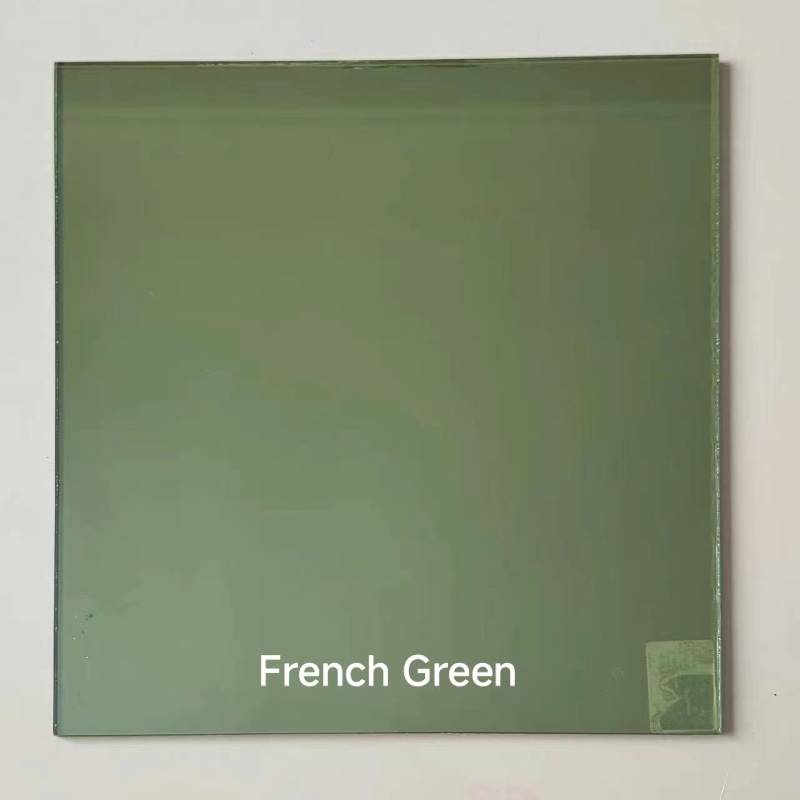

Low Emittance Glass An Overview
Low emittance glass, often referred to as low-e glass, is a remarkable innovation in the field of architecture and energy efficiency. This specialized type of glass has been engineered to minimize the amount of infrared and ultraviolet light that enters a building while still allowing visible light to pass through. The result is a material that enhances comfort and reduces energy costs, making it increasingly popular in modern construction and renovation projects.
Low Emittance Glass An Overview
One of the primary benefits of low-e glass is its ability to enhance energy efficiency. Studies have shown that buildings equipped with low-e glass can reduce heating and cooling costs by up to 30%. This makes it an attractive option for homeowners and businesses looking to implement sustainable practices. Furthermore, the use of low-e glass aligns with various green building certifications, such as LEED (Leadership in Energy and Environmental Design), further increasing its appeal.

Beyond energy savings, low-e glass offers additional advantages. It helps to mitigate glare, which can be particularly beneficial in commercial settings or homes with large windows. Additionally, low-e glass can protect furnishings, artwork, and flooring from harmful UV rays, which can cause fading over time. By blocking these rays, low-e glass helps preserve the aesthetic and longevity of interior spaces.
In terms of aesthetics, low-e glass maintains the clarity and beauty of traditional windows. Available in various styles and treatments, it seamlessly integrates into contemporary architecture without compromising design integrity. As consumers increasingly seek energy-efficient solutions, the demand for low-e glass continues to rise.
In conclusion, low emittance glass stands out as an essential component of energy-efficient building practices. Its innovative properties not only enhance thermal performance but also contribute to environmental sustainability. As awareness of climate change and energy conservation grows, low-e glass is likely to play a pivotal role in the future of construction, promoting a more sustainable and economically viable built environment.